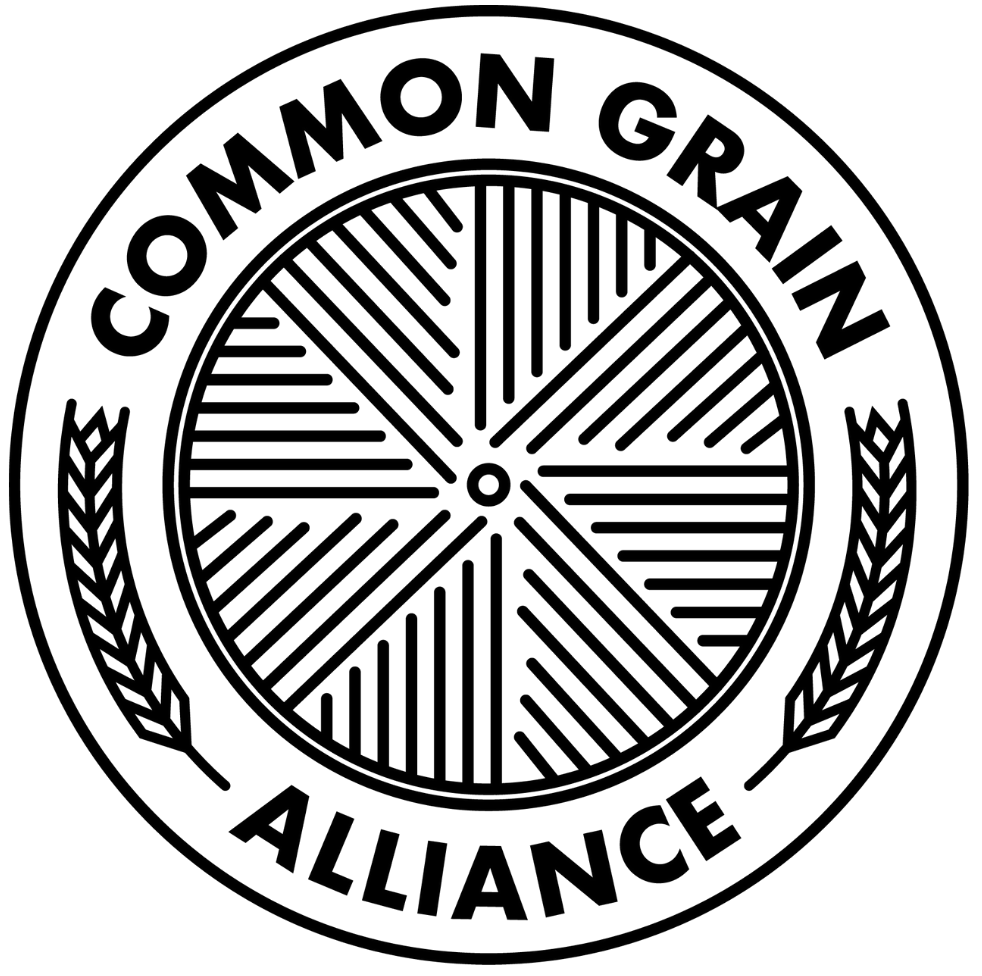When carbon meets nitrogen
A detail of the NRCS map of Soil Organic Carbon showing the Mid-Atlantic region, which has around 1% soil carbon. Source
We’ve talked a little about nitrogen (N) on this blog, and while there is a lot more to say on that topic, I want to bring in another biogeochemical cycle to share the stage. The carbon (C) cycle is as important, and they are usually presented separately. But we all know that plant growth (and therefore its ability to capture CO2 from the air through photosynthesis) depends on sufficient levels of plant-available N in the soils. This is why adding soluble nitrogen is the #1 way farmers try to boost their crop yields.
But in the discussion of soil fertility in his book The Organic Grain Grower, Jack Lazor casually mentioned another intriguing interaction between C and N in soil that I didn’t know about. It seems that for every one nitrate molecule that is added to soil as fertilizer, soil bacteria release twenty C atoms into the atmosphere as CO2 as they oxidize the nitrate into other plant-available forms. Trying to understand this process has launched me into a rabbit hole that I’m still exploring. But two implications seem obvious.
First, adding nitrate to soil as fertilizer directly causes soil carbon loss. I found this NRCS map of soil carbon contents (a detail of which is pictured above) to try to find evidence of this. Figuring out how to convert the % organic matter (OM) shown on a soil test into Mg/ha so you can read these maps was another challenge, and depends on your soils. But as a first pass, if you assume the soil is clay loam, 5% OM means you have about 750 Mg/ha carbon in your soil. Based on this, most of Virginia’s Piedmont is working with less than 1% (the 1% cutoff is 145 Mg/ha for clay loam, a little higher for sandy clay loam, a little lower for heavier clay). This is a bit more complicated (see Note below), but the point still stands that, if topsoils are thick, they are carbon poor; if they are carbon rich, then they are very thin. Follow these links if you’re in the eastern, northern, or western parts of the above region and are curious about your soils. One other question I can’t answer about this yet is, how does this ratio of N processed vs C lost to the atmosphere change with different sources of nitrogen, especially manure and N fixed by legumes? We already know that excessive soluble N pollutes waterways; is it also causing CO2 emissions?
The other implication is that if soil organic carbon is required to process nitrate fertilizers, then it should be possible for soil carbon levels to get so low that the fertilizers can’t be processed. In Southeastern forests, undisturbed high carbon soils had no influence over soil N cycling, while disturbed low carbon soils directly influenced N-cycling. So, what is the minimum level of soil carbon needed to free the N-cycle to operate without constraint? What happens when the C level drops below this level? Do plants switch to another N source? In theory plants can take up N in a range of forms, including more complicated organic molecules like proteins, which are very prevalent in soils. But presumably some are easier to take up than others, and cost the plant less energy. Clearly farmers want the plant to direct its energy to producing grain and fending off disease and pests rather than mining the soil for nutrients. Could your crop’s N deficiency be caused not by lack of N in the soil, but by lack of C? I still have so many questions.
I have only started digging into this topic, but already it is clear that there is much less research attention paid to this N-C interaction than the one where more N leads to more photosynthesis and higher yields. Yet it seems equally important to me as yet another reason for farmers to abide by soil health practices, including concentrating on increasing soil organic matter, and decreasing disturbance.
Note: This is a bit more complicated, since the average soil test measures the top 6-8”, while these maps are based on the top meter of soil, which would include subsoil unless the topsoil is very thick. I would think that most of the soil carbon would be found in the topsoil, rather than the subsoil. Nevertheless, the point still stands that, if topsoils are thick, they are carbon poor; if they are carbon rich, then they are very thin.
This material is based upon work that is supported by the National Institute of
Food and Agriculture, U.S. Department of Agriculture, under award number 2019-
38640-29878
through the Southern Sustainable Agriculture Research and Education program
under subaward number LS20-327. USDA is an equal opportunity employer and
service provider.
Any opinions, findings, conclusions, or recommendations expressed in this
publication are those of the author(s) and do not necessarily reflect the view of the
U.S. Department of Agriculture.



